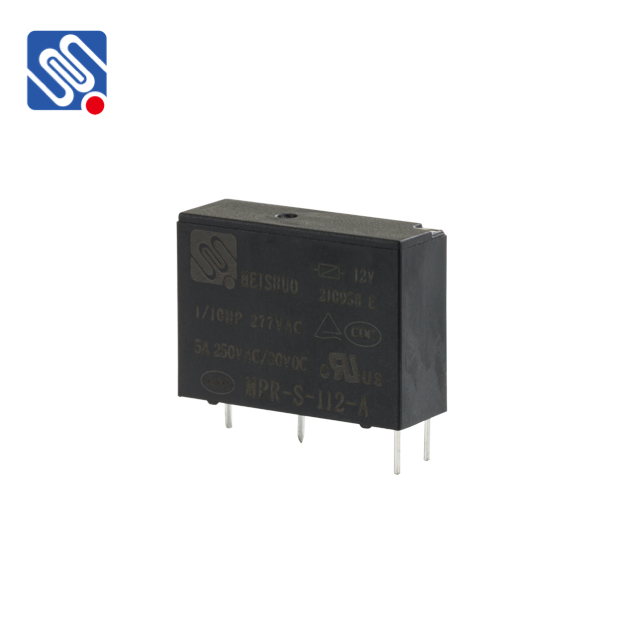Relay stability is a fundamental concept in control systems, particularly in electrical and automation engineering. It refers to the ability of a relay to maintain stable operation during its switching processes, ensuring that the system functions effectively without oscillations or unintended behaviors. In this article, we will explore the key concepts related to relay stability, its importance in various applications, and how it is analyzed and improved.

What is Relay Stability? A relay is an electrical device used to control the flow of current in a circuit. It acts as a switch that opens or closes based on input signals, which can be used for various purposes such as protecting systems, automating processes, and controlling power distribution. However, the way a relay responds to changes in the system’s conditions—such as voltage, current, or load—can impact its stability. Relay stability refers to the ability of the relay to respond to signals without causing undesirable oscillations, delays, or instability in the system. A relay that is unstable can lead to several issues, including power disruptions, inefficient operation, or even system failures. In this context, relay stability is critical for ensuring smooth system operation and preventing failures in sensitive applications like power grids, industrial machines, and automated control systems.